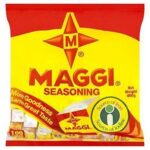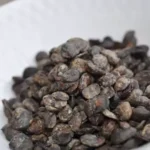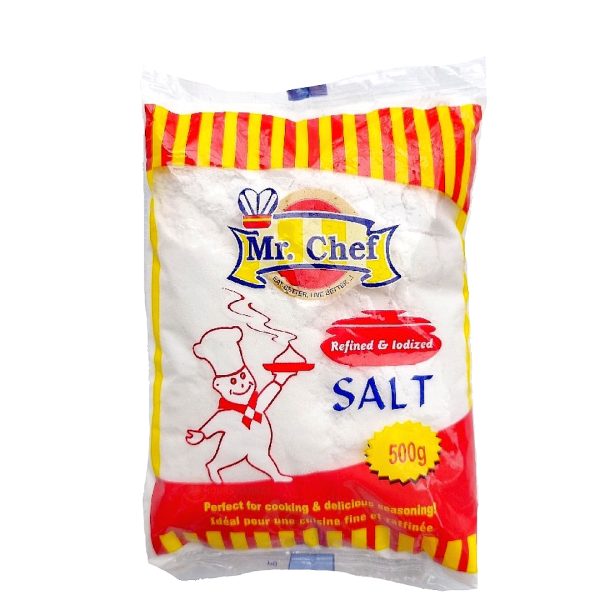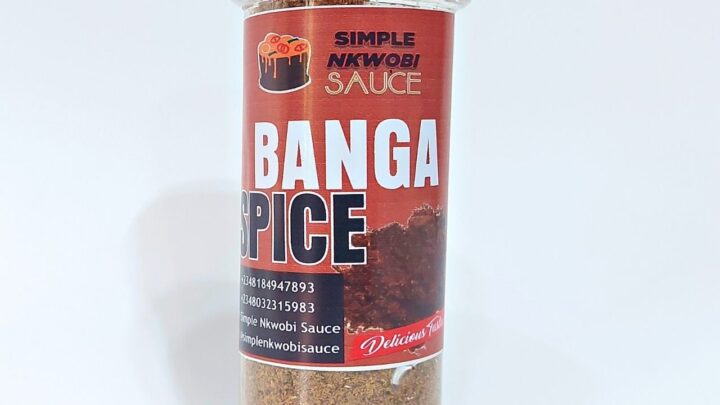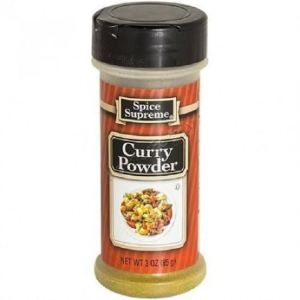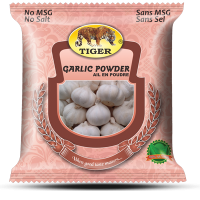Description
Salt, an elemental mineral, has been a vital component in cooking for centuries. Its significance goes beyond its ability to enhance flavor.
Key Features:
- Flavor Enhancement: Known for intensifying and balancing the taste of food by enhancing natural flavors.
- Preservation: Used historically as a preservative due to its ability to inhibit bacterial growth.
- Chemical Properties: Composed primarily of sodium chloride (NaCl) and critical for maintaining bodily functions.
- Culinary Versatility: Utilized in various cuisines worldwide, both in savory and sweet dishes.
Culinary Applications:
- Seasoning: Used during cooking or as a finishing touch to enhance the taste of a wide range of dishes.
- Baking: Essential in baking recipes to control yeast growth and improve texture.
- Pickling and Curing: Essential in preserving foods like meats and vegetables.
Types of Salt:
- Table Salt: The most common type, finely ground and often contains added iodine.
- Sea Salt: Harvested from evaporated seawater, available in various grain sizes and mineral content.
- Kosher Salt: Coarser grains, preferred by chefs for its ease of handling and lack of additives.
- Himalayan Pink Salt: Harvested in the Himalayas, prized for its pink color and trace mineral content.
Health Considerations:
- Sodium Content: Excessive intake can contribute to health issues like high blood pressure; moderation is key.
- Minerals: Some types contain trace minerals beneficial to health in controlled amounts.

